Worst Presentation Ever: Harvard Professor
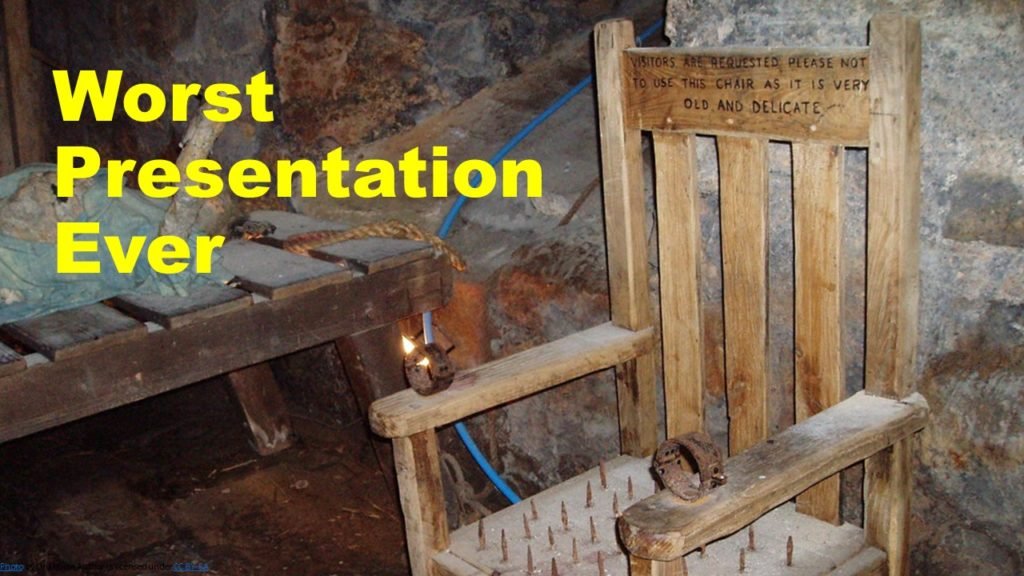
Imagine the worst presentation ever. Now, read this post to compare. Read on to discover what not to do during your presentation. Learn from the mistakes of this Harvard professor.
He had impressive credentials. He was Harvard educated and a Harvard educator. He’d authored at least 15 books. He was endorsed by Jack Welch and had spoken to business executives around the world. Wow! Sounds impressive! But… he was a lousy speaker. Calling him “lousy” is being kind and polite to him but not to his audience. He certainly wasn’t kind and polite to the audience.
President says silly things on Linkedin profile – nonsense
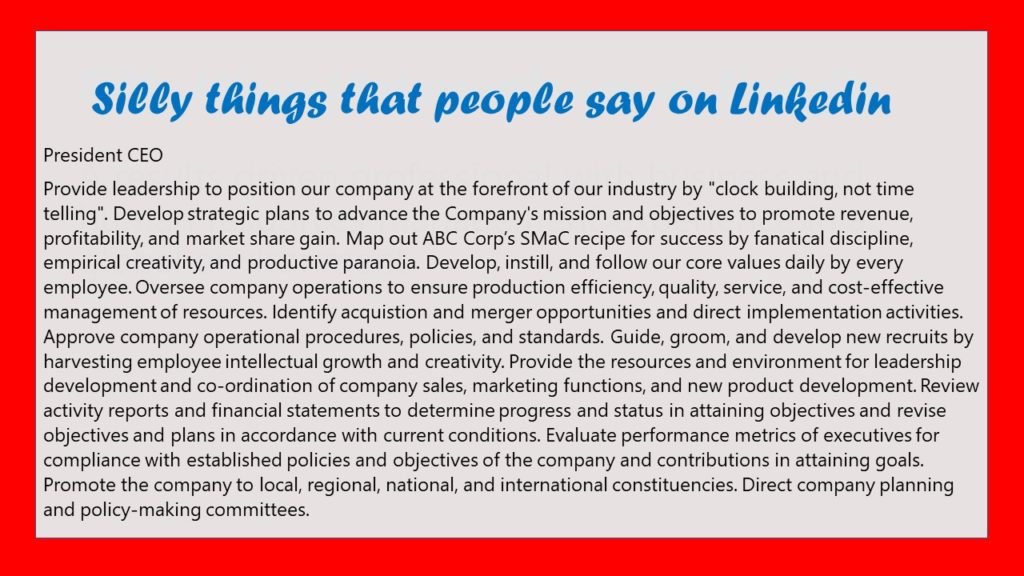
People say silly and ridicules things in their Linkend profile.
This is an example of both silly and ridicules. Would you hire this person? Would you even invite this person to have a conversation? The Linkedin profile is vague, cliché and lacking in accomplishments.
This could easily be text that was lifted from a university text book.
Notice that not a single accomplishment is stated nor measured.
How to Tame a Hostile Audience: Lessons from Marc Antony
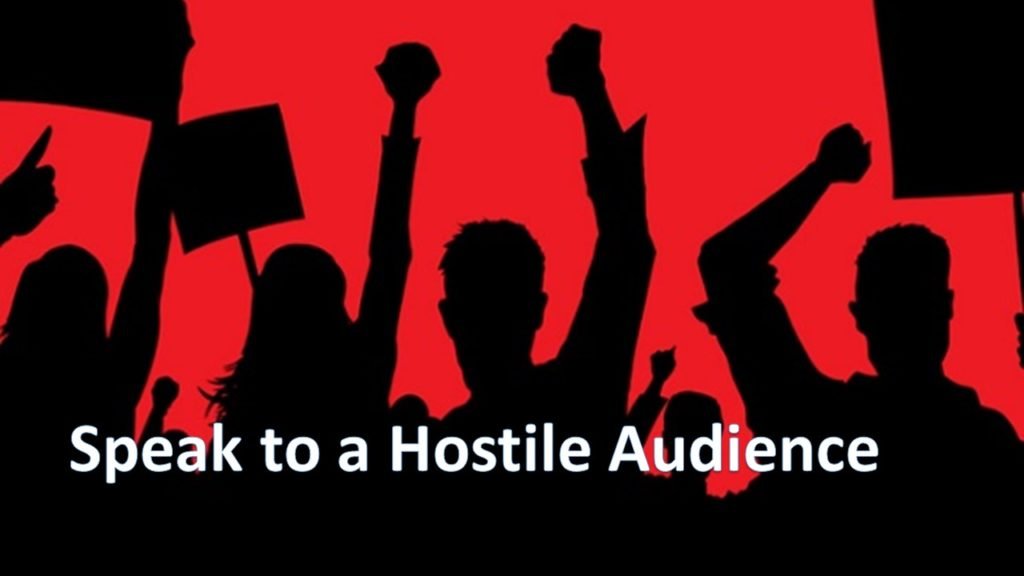
What can you do when facing a hostile audience? How can you speak so they listen? How might you connect with them so they see your side of the message? Those are difficult challenges that we can learn to face by learning from Shakespeare – in particular the speech that Marc Antony gave after the death of Julius Caesar.
Notice the shift in tone of the audience and the techniques used to persuade the audience to change their thinking. Let’s visit the scene and listen to the speech and the changing tide of the audience.
The Chicken Was Better Than the Luncheon Speaker because…
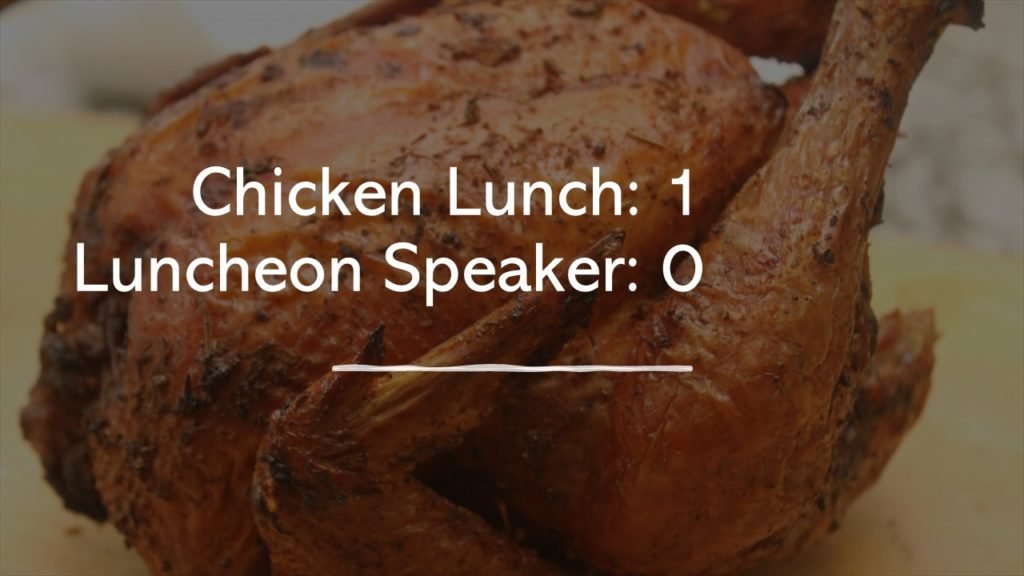
Instead, he parked himself behind the lectern and boringly read the speech that someone wrote for him. Cleary the speech writer wanted to demonstrate his vocabulary by including several ten-dollar words. That doesn’t enhance comprehension, rapport or trust.
Establish Your Credibility and Build Trust
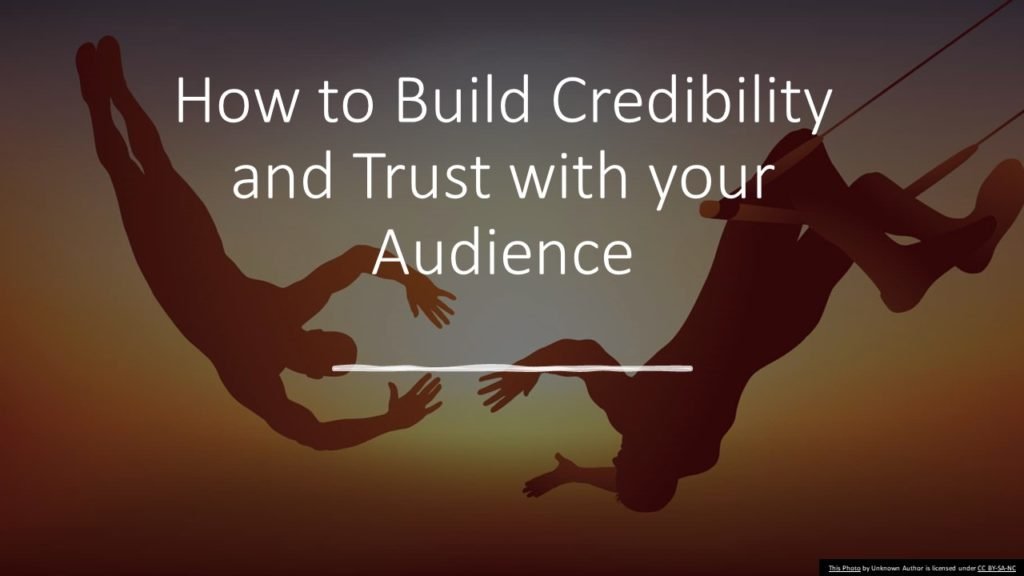
To persuade your audience to act on your message they must believe you. To be believable you must be both credible and earn their trust. If you don’t have credibility, no one will listen. If you have credibility but your audience does not trust you, they will not believe you.
How to Build Rapport and Connect with Your Audience
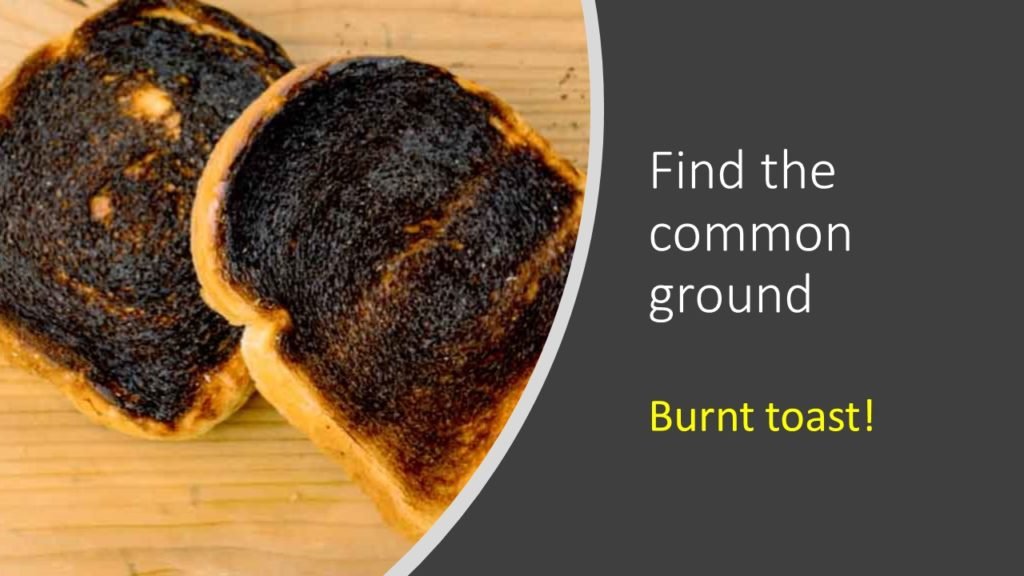
Do you want your message to resonate with your audience? The message is more likely to land well, be received and trusted if you have connected with your audience. They must know, like and trust you. How can you accomplish that? By building rapport rapidly near the beginning of your presentation.
Do Not Sabotage Your Message with Filler Words
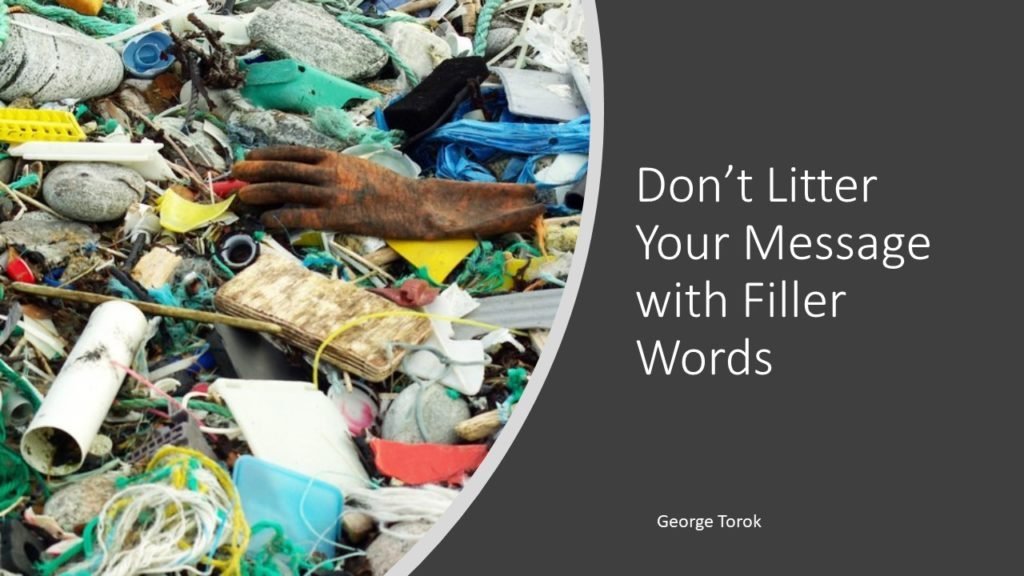
Reread that and see if you can pick out the filler words that steal energy from this speech. Imagine if you used these words in your presentation. What might that do to poison your intended message? Picking out the filler words is the first step to eliminate them. It starts with you becoming aware. Start listening to what you say when you speak…. ah, umm, like so, okay, right, you know…
CEO Speaks Nonsense? What did she really mean?
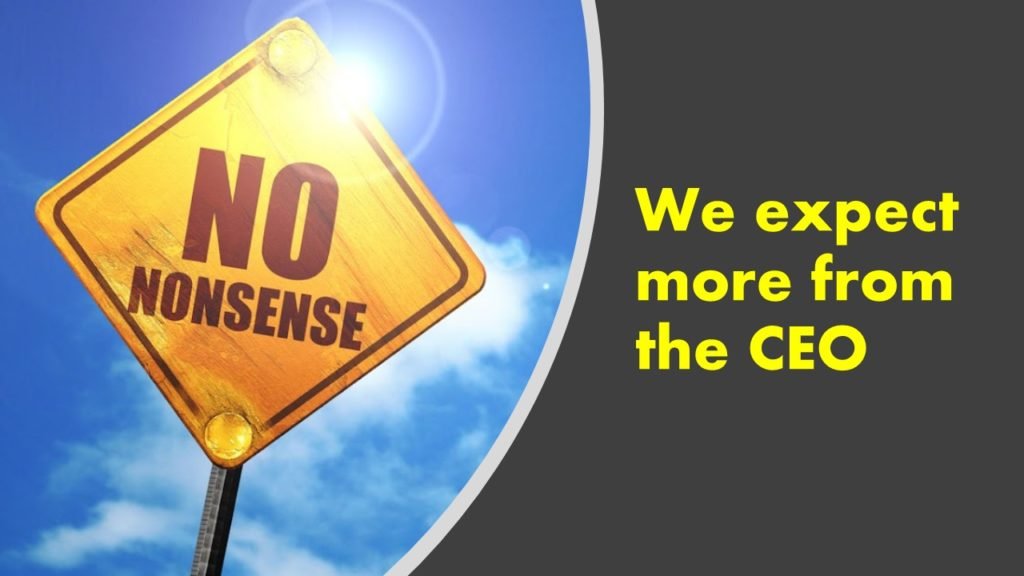
What happens when your words sabotage your message instead of conveying it? As CEO of your company your words are important. The messages that you deliver in public are evaluated by your investors, staff, suppliers, customers, competitors, marketplace and media. People will judge you and your company by your words. They might misjudge your message. That’s why it’s important to thoughtfully choose your words to convey your intended message.
CEO Global Network Leaders Speak about George Torok
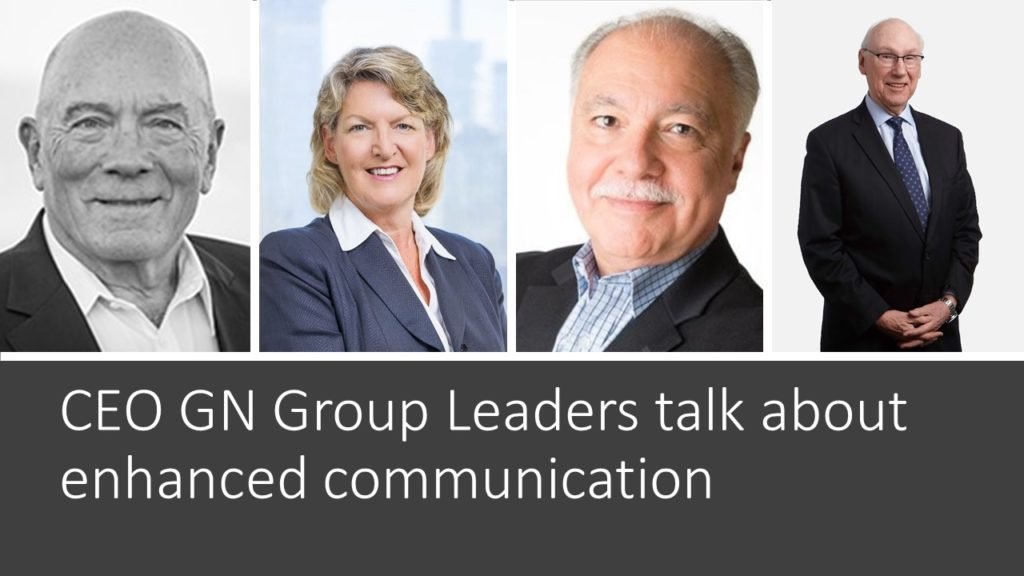
Everyone who wants to get better at public speaking and presentations will benefit from George’s coaching.
What Did Clients Say about How George Torok Helped?
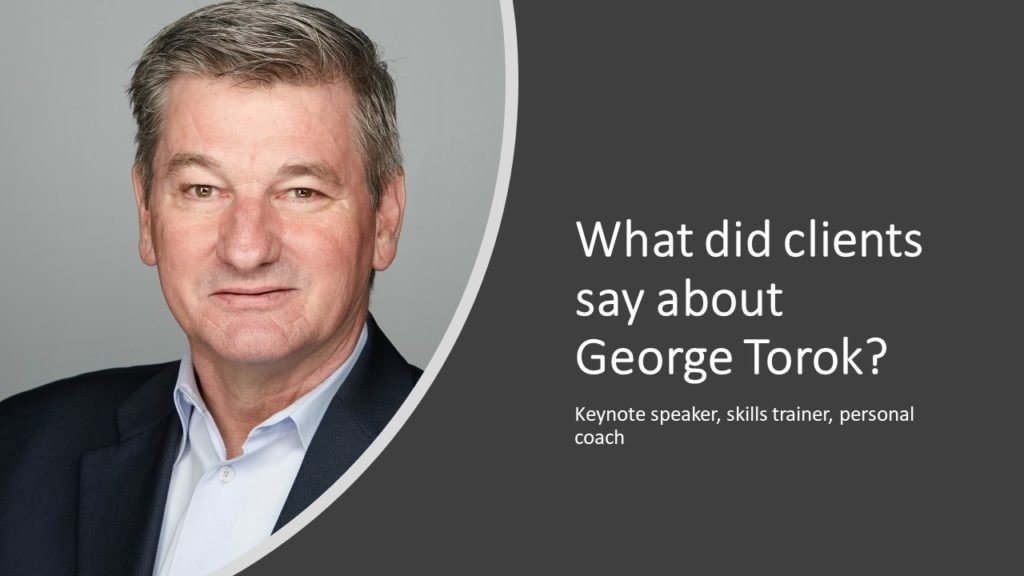
Testimonials from clients. How did Executive Speech Coach, George Torok help these clients? What did they say about how they improved their communication and presentation skills?
